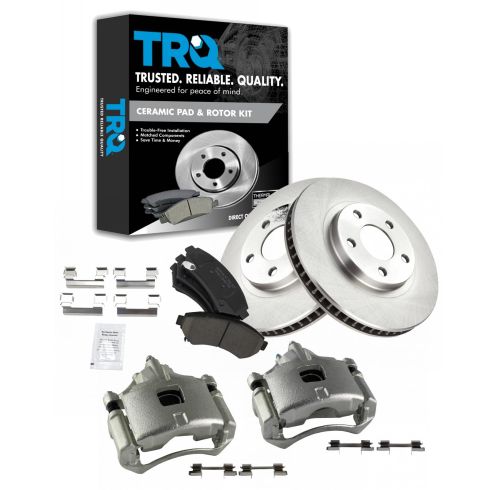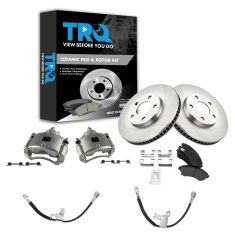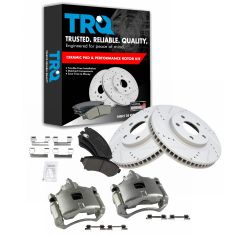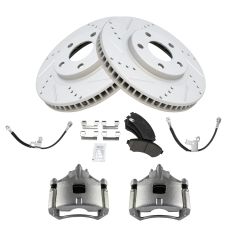1ABFS03437-Front Ceramic Brake Pad & Rotor Kit with Calipers TRQ BKA14020

Replaces
2001 Pontiac Bonneville SLE Front Ceramic Brake Pad & Rotor Kit with Calipers TRQ BKA14020

Product Reviews
Loading reviews
There are no reviews for this item.
Customer Q&A
No questions have been asked about this item.
Pontiac is a registered trademark of General Motors Company. 1A Auto is not affiliated with or sponsored by Pontiac or General Motors Company.
See all trademarks.





















